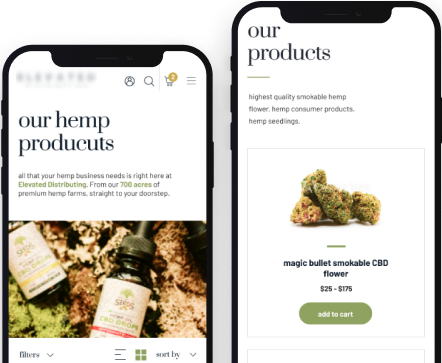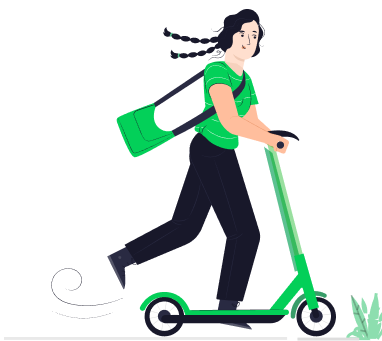In the wake of the global shift towards digital retail, prompted by the Covid-19 pandemic, the eCommerce landscape has become more crowded and competitive than ever. With millions of online stores vying for attention, distinguishing your eCommerce platform is paramount. Success in this arena goes beyond attracting traffic; it hinges on your ability to convert visitors into customers effectively.
The essence of an eCommerce conversion lies in transforming a site visitor into a paying customer—a crucial metric defining any online store’s success. For instance, if a site with 1,000 visitors secures 20 sales, it boasts a conversion rate of 2%. While tracking this rate is foundational, leveraging it to drive strategic improvements is what truly enhances business outcomes.
Conversion rates are not one-size-fits-all; they vary significantly across sectors. For instance, Littledata’s research indicates a global average of 1.4%, but this number only scratches the surface. Decision-makers must delve deeper, comparing their performance against industry-specific benchmarks to identify areas for improvement and set realistic yet ambitious goals for their eCommerce operations.
- Streamline the User Journey: Evaluate the current user flow to identify and eliminate obstacles that hinder seamless navigation toward conversion. Each step, from landing on the site to completing a purchase, should be intuitive, driving towards the ultimate goal of conversion with minimal friction.
- Elevate the User Experience: The eCommerce platform should be visually appealing, functional, and intuitive. High-quality images, clear branding, strategically placed CTAs, and a straightforward search function are crucial. Remember, a positive user experience fosters trust and encourages repeat business.
- Optimize for All Devices: In today’s mobile-first world, ensuring a consistent and engaging user experience across all devices is non-negotiable. Utilize tools like heatmaps to gain insights into user behavior on different platforms and tailor the experience accordingly. For example, Brothers Leather Supply Company’s strategic use of high-resolution images in response to heatmap data significantly boosted their conversions.
- Develop a Robust Mobile Strategy: With the increasing prevalence of mobile shopping, an optimized mobile experience is essential. A mobile-friendly site or a dedicated app can enhance user engagement through features like push notifications, personalized recommendations, and a streamlined checkout process, ultimately driving conversions.
- Address Customer Concerns Proactively: Transparency about shipping, returns, and transaction security policies can alleviate potential customer hesitations. Highlighting these policies prominently on your site can preemptively address concerns and smooth the path to purchase.
Crafting a Winning eCommerce Strategy
In the dynamic world of eCommerce, conversion rate optimization transcends mere website adjustments; it requires a strategic, holistic approach that aligns with your overarching business goals. By deeply understanding your target audience, leveraging data-driven insights, and continuously refining the user experience, you can convert casual browsers into loyal customers and advocates for your brand. The path to eCommerce excellence is paved with innovation, a commitment to user-centric design, and a relentless pursuit of delivering value at every touchpoint.
5 Tips For Improving Conversions On Your E-Commerce Store
In the competitive eCommerce landscape, mastering conversion rate optimization is key to outpacing the competition and securing market leadership.














